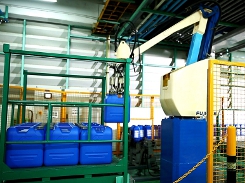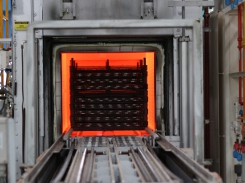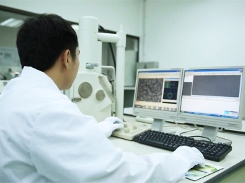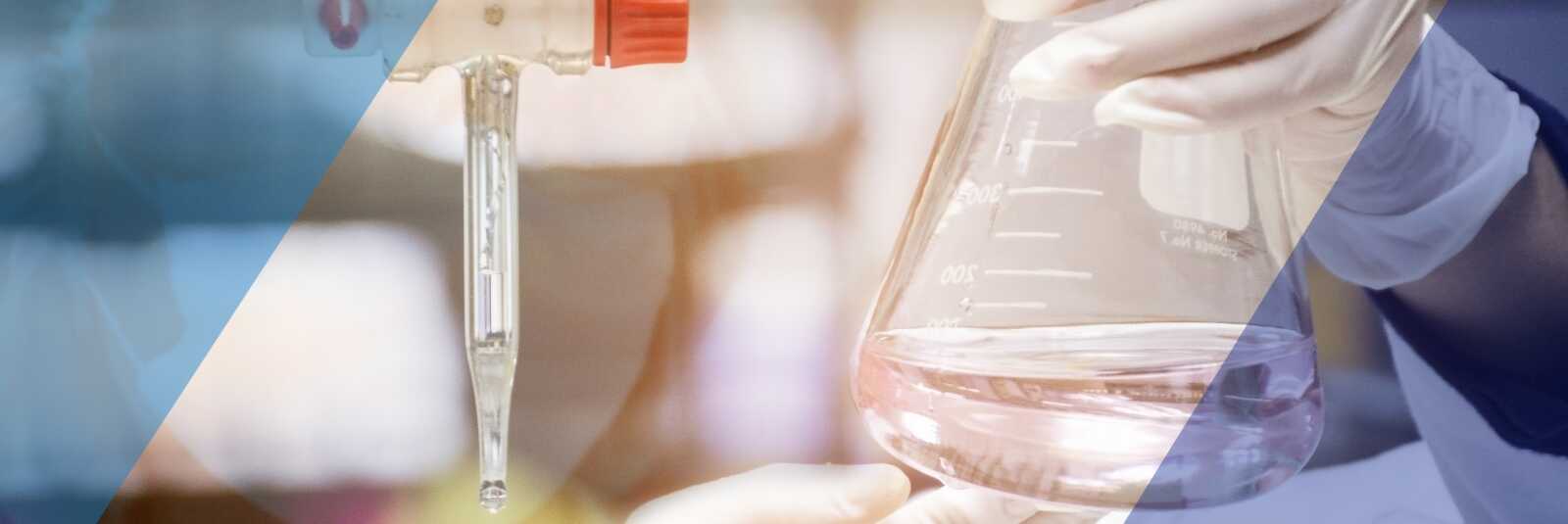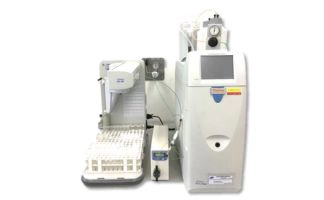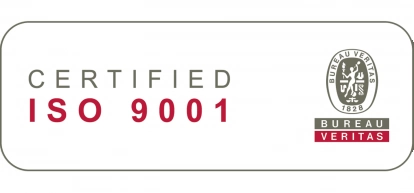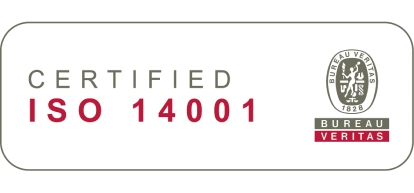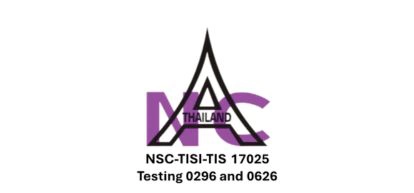- Corporate
- Chemical Products
- Chemical Controller
- Chemical for Paint Booth
- Coil Coating
- Degreasing and Cleaning chemical
- Heat&Cool exchanger (PLATECOIL)
- Hydrophilic
- Manganese Phosphate
- Nano-coating (Pallucid)
- Rolling Oil
- Rust Preventive Product
- Stearate Soap Lubricant/Dry-in-Place Lubricant (PULS)
- Trivalent Chromium/Non-Chromium
- Zinc Phosphate/Iron Phosphate
- Processing Services
- Laboratory Services
- Articles
- What's New
- Contact Us
- Privacy Policy
Ion Chromatography (IC)
Details
Ion chromatography is a separation technique by partitioning between a mobile phase (Eluent) and a stationary phase (Resin). Ions will move through the column at different speeds depending on their affinity for the specific resin, ion charge and size. Ions with a weaker affinity for the resin will move through the column faster and be eluted first, while ions with a stronger affinity for the column will move through the column more slowly. As the analytes pass through the column, they enter the detector, which translates the data into a chromatogram. Each substance has a specific retention time (RT) in the column. During analysis, the area under the peak for each substance is calculated and compared to a calibration curve to determine the concentration of the analytes in the sample accurately and precisely.
Ion Chromatography (IC) is applied to analyze anion in solution such as fluoride ion (F-), chloride ion (Cl-), nitrate ion (NO3-), sulfate ion(SO42-), phosphate ion (PO43-) and pyrophosphate ion (P2O74-).
Application
Anion in solution
Usage Limitations
- Sample particle size must less than 0.2 µm
- Strong acid or strong base sample cannot be tested
- Not suitable for high concentration (effect to analyze peak (shift))


